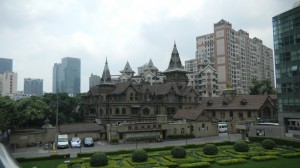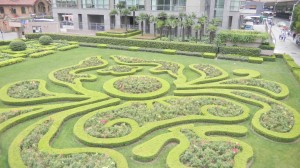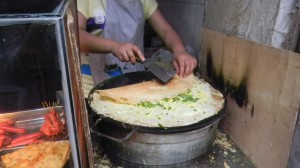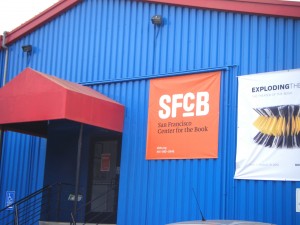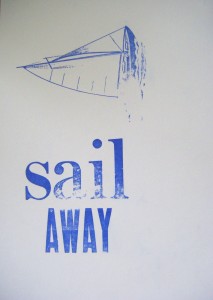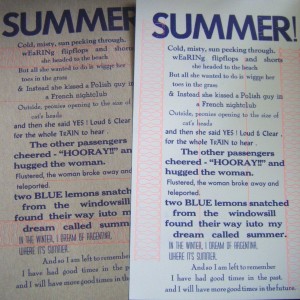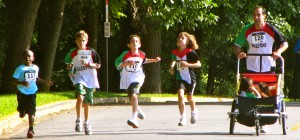Okay, so there is a whole giant list of awesome experiences I had in Arizona. Even though we were there to work, we did have some opportunities to explore and have fun too. You’d think that, in the middle of nowhere, there wouldn’t be much to do, but that was never a problem. We didn’t have a huge abundance of free time, but I kid you not, there were more fun things to do at a research station in the wilderness than on a typical Saturday in “civilization” (or perhaps the fun was just more up my alley).
The great news for us UPS students who were at SWRS for the first time is that most of the staff are very knowledgeable about the area. Additionally, the station is so small that, after only a week or two, everyone knows everyone and is friendly with everyone.
That’s how we (Tony, Jay, and myself) ended up going spelunking one evening our second week of being there. Elaine, one of the kitchen assistants, just happened to find this cave on day while out exploring, within walking distance from the station. There are some really cool caves in the Chiricahuas, even though this is the only one we visited. I unfortunately don’t know much about them, but I heard one is great because of its archaeological remains and cave paintings, found somewhere in the cliffs surrounding the station.
The other, better-known cave is Crystal Cave, which was very close to our mini cave. True to it’s name, it supposedly has some pretty awesome crystals in it, but it remains locked part of the year to protect the bats roosting in there.
The UPSers, along with Elaine and some fellow herpetologists from the station, set off around dusk, headlamps in tow. It was about a 15-20 minute hike to the top of a large hill, with narrow trails and many a poky plant. The tagline we developed after awhile was “Arizona: where everything is poky” (seriously, it’s true). We then arrived at this little hole in the ground:
For anyone with clausterphobia, this may look terrifying. I think my picture also makes it look a fair amount smaller than it actually was, which was at least 2-3 meters in diameter. It was maybe 10 feet to the bottom as well, so it really wasn’t that crazy of a feat.
Inside, however, it opened up to a large cavern, with plenty of nooks and crannies for exploring. I wish I knew more about geology so I could talk about all the different kinds of rocks in there or offer some more knowledgeable commentary, but I can’t do it justice. All I can really say is that it was AWESOME. Even in this small and shallow of a cave, it was like stepping into a different world. It was quite humid yet cool down there, a stark contrast the the aridity outside, and had a dank, earthy smell. We spent about a half hour down there, just crawling around and seeing how far everything went (not far).
We wrote our names in the log they had there, which was kept in this giant metal cylinder to keep out the damp, and took lots of pictures.
I would totally do this for a hobby! I will admit, though, I was happy to feel the fresh air and see open spaces again, and I definitely would not have been happy staying in there for too long.












